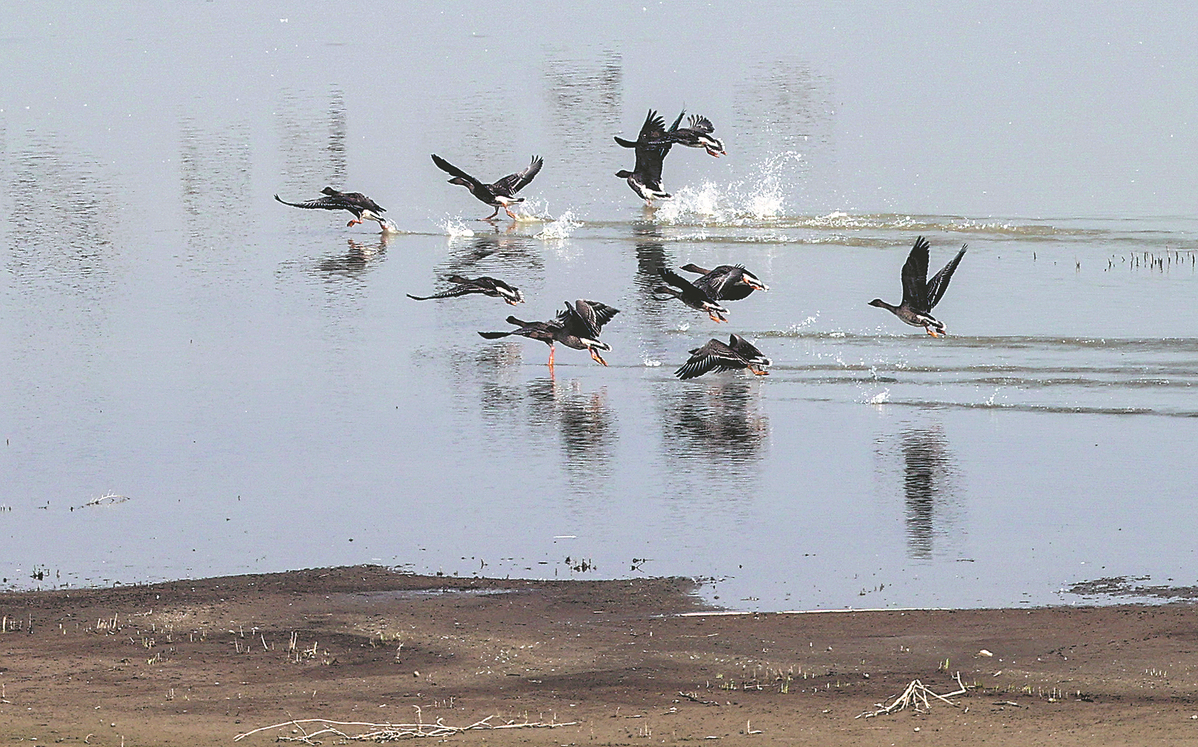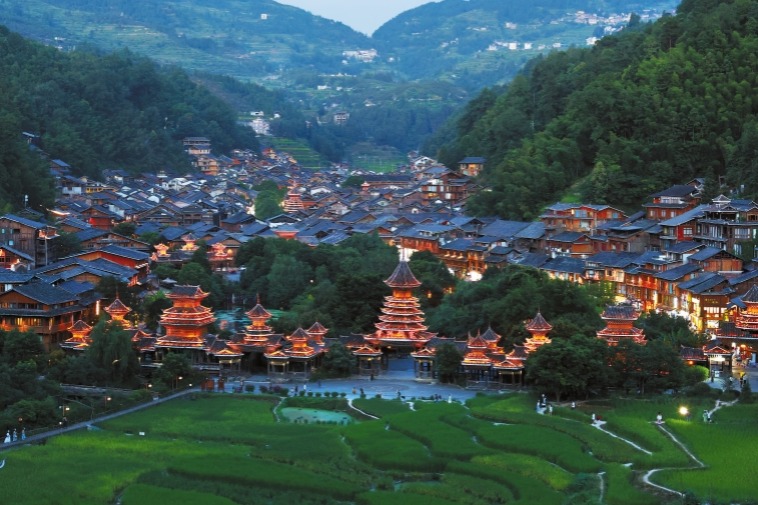Fish farming on dry land nets multiple catches


Deng and Liu Zhongxing, who once also ran a sturgeon farm on the Qiangjiang, now work at a base dubbed "sturgeon valley". Covering an area of over 120,000 square meters, the base is home to more than a million sturgeon, and has provided stable incomes to farmers.
On the river, things were never stable.
Liu recalled a time in 2015 on the river when he lost all his fish to a sudden deluge. All 10 of his cages and a potential income of 500,000 yuan were washed away.
"With elderly parents and a daughter to take care of, I was under great economic pressure back then," he said.
The government arranged a job for Liu, 40, in the "sturgeon valley" after learning about his difficulty.
The industrial aquaculture in the base is much more environmentally and cost-friendly than the way he used to raise the sturgeons, said Liu.
Supported by a strong scientific research team, some of which are from Huazhong Agriculture University in Wuhan, Hubei province, he said the base now only needs to feed 1.2 kilograms of fodder to ensure the increase of 1 kg in the weight of the fish.
As the head of one of the company's sturgeon farms, Liu can make up to 200,000 yuan from his job annually. Moreover, he can enjoy much more leisure time.
Wang, head of the aquaculture service center, said while the sturgeon industry in Yidu has grown significantly, there has also been a great improvement in the aquatic environment of the Qingjiang River since the removal of the fish cages.
Currently, 100 metric tons of sturgeon caviar is produced in Yidu every year, twice as much as in 2016, he said. The annual turnover of the product stands at 200 to 300 million yuan.
"The quality of water in the section of the Qingjiang in Yidu has been kept above Grade II," he said, adding that rare and endangered bird species such as the Chinese merganser and black stork have shown up again.
Contact the writers at [email protected]























